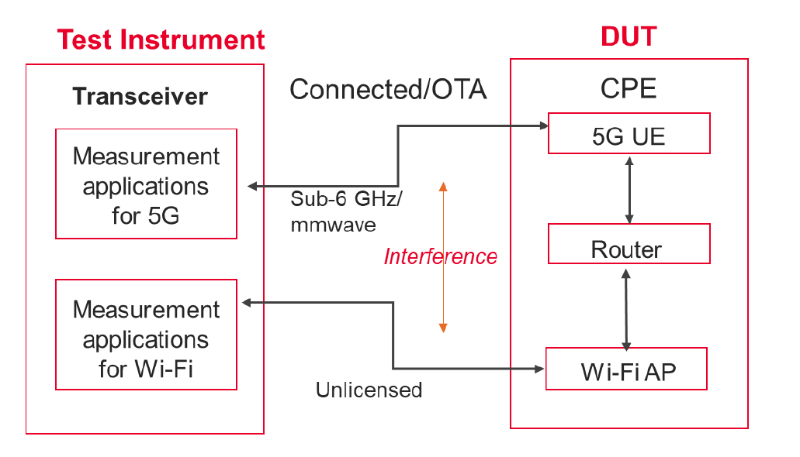
2020 Signals Turning Point for CPE Manufacturers
In 2020, many of us became remote workers in desperate need of a reliable and fast Internet connection to maintain productivity in new working conditions. At the same time, our kids transitioned to online learning switching from traditional to virtual classrooms. Spending more time at home may have also increased your desire to escape from reality by watching a high-definition (HD) movie. If you recognize yourself in this, you are not alone.
Broadband penetration and adoption of bandwidth-hungry devices is on the rise. Cisco predicts 3.6 connected devices per person globally by 2023 and 13.4 connections in the U.S. Ericsson foresees data usage to increase to 9.7 GB per month by 2022. This increase drives demand for efficient Wi-Fi / 5G customer premise equipment (CPE) among other equipment.
Wi-Fi technology is also evolving quickly. Upcoming Wi-Fi 6E devices will enable Wi-Fi to address bandwidth-intensive applications and accelerate connectivity with 5G networks. In parallel, the 5G standard continues to evolve. 3rd Generation Partnership Project (3GPP) Release 16 supports the existing 5 GHz unlicensed band widely used by Wi-Fi and Long Term Evolution License Assisted Access (LTE LAA), and opens doors to the 6 GHz band.
Over the next few years, CPE market growth will likely soar. This increase will bring new challenges to manufacturers in design validation and manufacturing. Different types of CPE operate at low and high millimeter-wave (mmWave) frequencies. Each band provides advantages but also presents unique challenges that require different test solutions and configurations.
Figure 1 provides the configuration for RF performance testing. 5G CPE RF tests require measurement applications for both 5G and Wi-Fi. You need to test the Wi-Fi AP, 5G user equipment (UE), and interference / co-existence between the two radios.

Figure 1. CPE RF performance test configuration
For the Wi-Fi AP, your test instruments need to support all Wi-Fi standards, cover all frequency bands, and prepare for 802.11be, the new generation of wireless local area network (WLAN) standards. RF transmitter tests span power, spectral mask, and spectral flatness among other parameters. For the receiver, tests include minimum input sensitivity, adjacent / non-adjacent channel rejection, and maximum input level. The measurements need to cover all the different test scenarios including multiple-input / multiple-output (MIMO) and multi-user, and test equipment needs to support large signal bandwidths.
For the 5G UE, transmitter tests include power, output power dynamics, signal quality measurements, and RF spectrum emission tests such as occupied bandwidth, spurious emission, and adjacent channel leakage ratio (ACLR). On the receiver end, reference sensitivity, maximum input level, and adjacent channel selectivity are key tests to perform. In addition, you will need to test the LTE transmitter and receiver because 5G CPE typically supports both 4G and 5G networks.
Interference / co-existence testing will take new meaning with the integration of Bluetooth® and ZigBee into CPE for smart home functions. These technologies use frequency bands that are close to that of Wi-Fi and 5G in some cases. It will be important to test your device for compliance to the latest regulatory requirements.
Figure 2 shows a configuration for interference / co-existence performance testing. A similar setup can be used to perform blocking and adjacent channel sensitivity receiver tests. The configuration uses two channels to generate the MIMO signal. A third transceiver generates the interference signal.

Figure 2. CPE interference / co-existence test configuration
Broadband penetration continues to increase globally. The number of connected devices per person is multiplying and data usage per device is exploding. These trends will spur the demand for efficient Wi-Fi / 5G CPE, making our life easier and freeing up time to watch more HD movies. CPE also brings new challenges to manufacturers though, requiring them to perform various RF tests for the Wi-Fi AP and the 5G UE as well as interference / co-existence testing between the two technologies and others using close frequency bands. For more information on 5G CPE test challenges, test requirements, and configurations for different test cases, download the application note Addressing the Test Challenges of Wi-Fi/5G CPE.